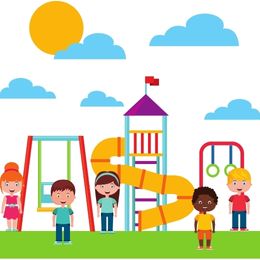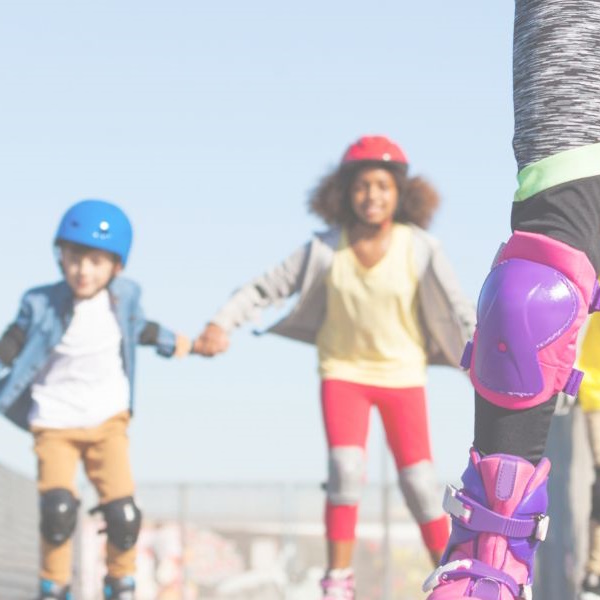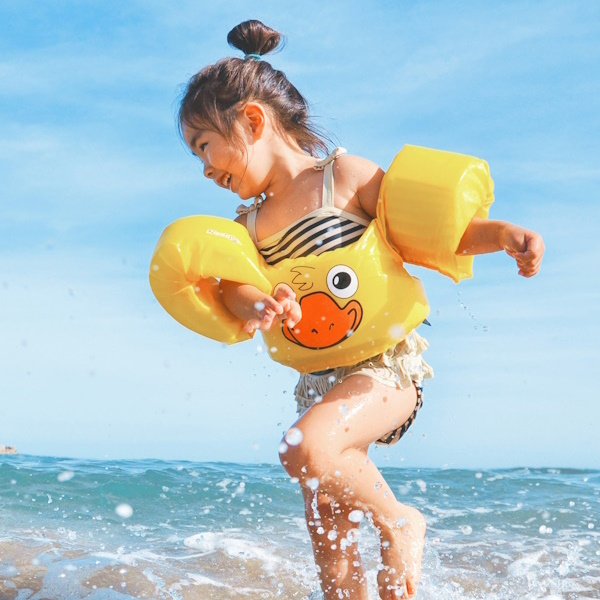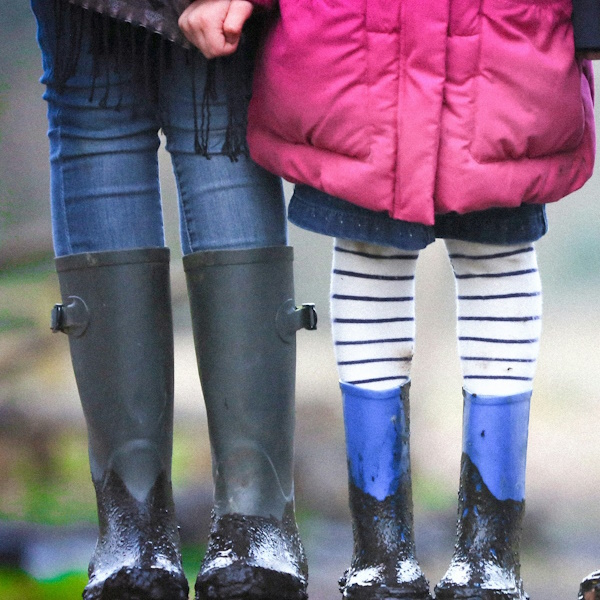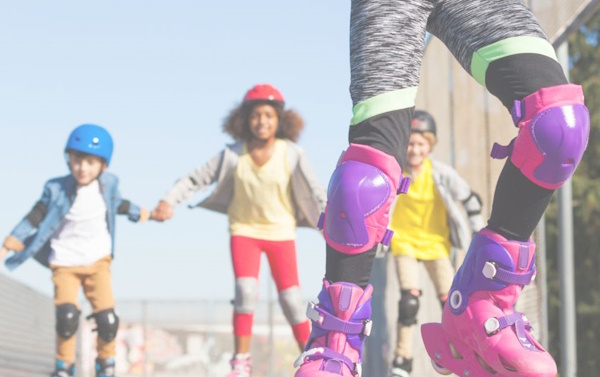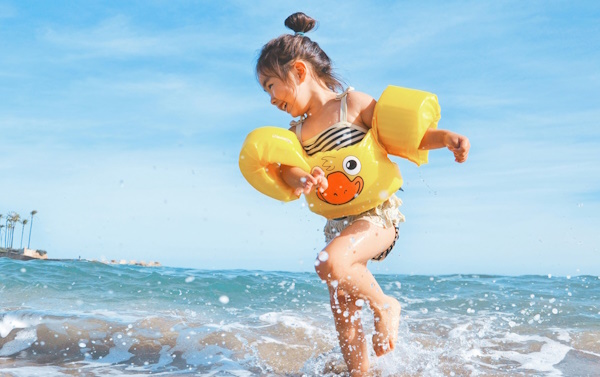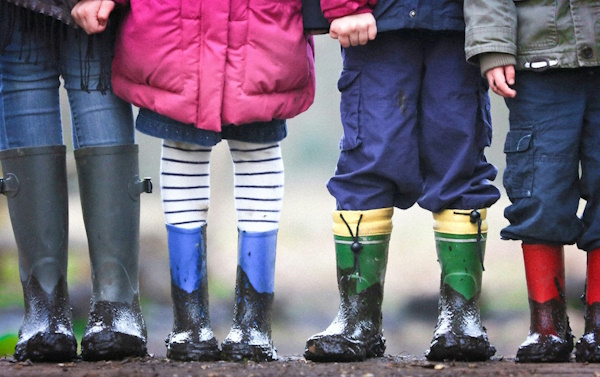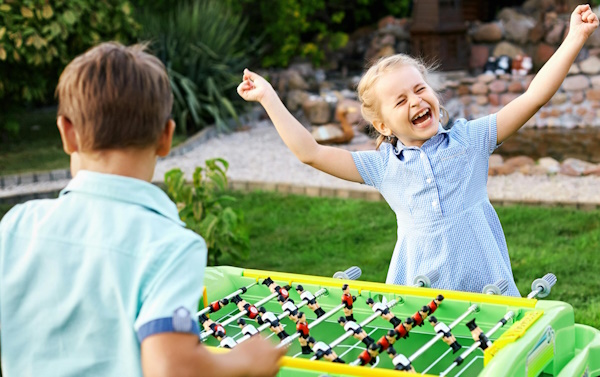Mindful Kids: Boost Focus, Reduce Stress, and Build Empathy Easily
In today's fast-paced world, it's not just adults who feel the pressure; kids are feeling it too. Mindfulness for kids is becoming an essential tool in helping them navigate the complexities of their young lives. It's about teaching them to live in the moment, understand their emotions, and respond to stress in a healthy way.
Introducing mindfulness to your children might seem like a daunting task, but it's simpler than you might think. It's about incorporating small, manageable practices into their daily routine that help them become more aware of their thoughts and feelings. By doing so, you're not only enhancing their emotional intelligence but also setting a foundation for a more mindful, balanced future.
The Importance of Mindfulness for Kids
In today's digital age, children are bombarded with stimuli from all directions. Whether it's social media, academic pressures, or just the hustle and bustle of everyday life, these factors can significantly impact a child's mental and emotional wellbeing. This is where the power of mindfulness comes into play. By teaching kids to be mindful, you're equipping them with a valuable tool to navigate life's challenges with resilience and poise.
Mindfulness aids in reducing stress and anxiety—two prevalent issues in the modern youth. Studies have shown that children who practice mindfulness exhibit lower levels of stress, anxiety, and depression. They learn to manage their emotions more effectively, developing a healthier response mechanism to stressors as they grow.
Furthermore, mindfulness enhances focus and attention in children. In an era where attention spans are dwindling, introducing your child to mindfulness exercises can significantly improve their ability to concentrate. This, in turn, benefits their academic performance and overall cognitive development. The practice encourages a state of active, open attention on the present, teaching kids to observe their thoughts and feelings without judgment.
Incorporating mindfulness routines into your child's daily life isn’t just about reducing negative mental health symptoms—it's about fostering a positive outlook and encouraging a heightened state of awareness and gratitude. These children often exhibit higher levels of empathy and kindness towards others, which are crucial traits in building healthy, positive relationships.
Here’s a quick overview of the benefits of mindfulness for children:
| Benefit | Description |
|---|---|
| Reduced Stress and Anxiety | Lowers levels of stress, anxiety, and depression. |
| Enhanced Focus and Concentration | Improves attention span and cognitive development. |
| Better Emotional Regulation | Teaches children to manage emotions effectively. |
| Increased Empathy and Kindness | Fosters positive relationships through higher empathy levels. |
By understanding the importance of mindfulness for kids, you're taking a crucial step towards supporting their development into well-rounded, emotionally intelligent individuals. With mindfulness, children learn to navigate their internal and external environments more effectively, setting the stage for a balanced and fulfilling life.
How Mindfulness Helps Kids Navigate Stress
In today's fast-paced world, children are not immune to the stresses of daily life. From academic pressures to social dynamics, kids face their own unique challenges. Mindfulness offers a powerful tool for them to navigate these stresses with greater ease. By teaching your child mindfulness techniques, you're equipping them with the ability to manage stress in a healthy way.
Mindfulness encourages children to live in the moment, focusing on their current experiences rather than worrying about the future or ruminating on the past. This present-moment awareness is key to reducing stress and anxiety. When kids learn to pay attention to their breathing, bodily sensations, and the environment around them, they gain a sense of calm that can counteract feelings of stress.
Benefits of Mindfulness for Stress Management:
- Reduces anxiety: Regular mindfulness practice helps lower levels of anxiety by teaching kids to respond to stressors more calmly.
- Enhances focus and attention: Mindfulness fosters a heightened state of awareness, improving concentration and helping children better manage tasks and responsibilities.
- Promotes emotional regulation: By becoming more aware of their emotions, children can navigate difficult feelings without becoming overwhelmed.
Incorporating mindfulness into your child's routine doesn’t have to be complex. Simple activities like mindful breathing, listening to calming music, or spending time in nature can be effective ways to introduce them to the practice. The key is consistency and making mindfulness a regular part of their lives.
As children become more adept at practicing mindfulness, they'll find it easier to approach stressful situations with a sense of calm and clarity. Whether it's dealing with a tough exam or navigating social pressures, mindfulness equips them with the resilience they need to face challenges head-on.
Incorporating Mindfulness into Daily Routines
Integrating mindfulness into your child’s daily life can seem daunting, but it's simpler than you might think. Mindfulness practices can be seamlessly woven into the fabric of everyday activities, making them accessible and enjoyable for children of all ages.
Start with Short Sessions: Begin with brief mindfulness exercises. Even a few minutes can make a difference. You might encourage your child to take deep breaths before starting their homework or to spend a moment in silence before eating a meal. Over time, these short sessions can develop into a lasting habit that your child looks forward to.
Use Technology Wisely: While it's important to limit screen time, technology can be a helpful tool in teaching mindfulness. There are several apps designed specifically for children that use games and stories to guide them through mindfulness exercises. However, remember to choose apps that are age-appropriate and free from distractions.
Incorporate Mindfulness into Play: Children learn best through play. Introduce simple mindfulness-based games that focus on sensory experiences, like identifying sounds during a nature walk or engaging in tactile play with different textures. These activities encourage children to pay full attention to their experiences, grounding them in the present moment.
Lead by Example: Perhaps the most effective way to teach mindfulness is to practice it yourself. When your children see you engaging in mindfulness exercises, they’re more likely to follow suit. Share moments of mindfulness with them, whether it’s taking deep breaths together or discussing the sensations of the different foods you eat.
By incorporating mindfulness into daily routines, you’re not only providing your children with tools to manage stress and anxiety but also teaching them valuable skills for self-awareness and emotional regulation. With consistent practice, mindfulness can become a natural part of your child's life, offering benefits that extend far into the future.
Practices to Help Kids Develop Mindfulness
Incorporating mindfulness into your child's daily life doesn't have to be a daunting task. Simple, engaging activities can significantly foster mindfulness skills. Here are a few practices to help your child start on this transformative journey.
Mindful Breathing is a foundational practice. It’s about paying attention to the breath. You can guide your child to notice the rise and fall of their chest or the sensation of air passing through their nostrils. This exercise can be a calming anchor, bringing them back to the present moment, especially during moments of discomfort or overwhelm.
Sensory Activities play a crucial role in mindfulness for kids. Encourage your child to engage their senses fully in activities like painting, gardening, or even eating. Ask them to describe what they see, hear, taste, smell, and feel. These activities sharpen their awareness and encourage them to appreciate the moment.
Yoga for Kids isn't just about physical health; it’s a fantastic way to introduce mindfulness. Through various poses, children learn to focus on their body's movements and the breath that guides them. Yoga sessions for kids often incorporate storytelling and games, making the practice both fun and beneficial.
Gratitude Exercises can shift the focus from what's lacking to appreciating what’s present. Each night, you might ask your child to name three things they’re grateful for. This practice cultivates an attitude of gratitude and positivity, grounding them in the present.
Nature Walks offer a unique opportunity for mindfulness. Encourage your child to notice the details of the natural world around them—the colors of leaves, the patterns of branches, the textures of rocks. Nature walks can foster a deep connection to the present moment and the environment.
By integrating these practices into your child’s routine, you're not only helping them develop mindfulness but also setting a foundation for lifelong emotional and mental well-being. Remember, the key is consistency and making the activities engaging and enjoyable.
Teaching Kids to Understand and Manage Their Emotions
In a world where emotions can be as colorful and varied as a box of crayons, teaching kids to understand and manage their feelings is crucial. It's not just about knowing happy from sad but recognizing the entire spectrum of emotions and how to navigate them. Mindfulness plays a pivotal role in this journey, offering tools and techniques that can make all the difference.
Emotional intelligence begins with awareness. You can start by encouraging kids to name their feelings. It's easier to manage emotions once they've been identified. Use simple and relatable terms to help them express what they're feeling. Phrases like "I feel like a stormy cloud" for sadness or "I'm buzzing like a bee" for excitement can make the concept tangible for them.
Next, introduce mindful breathing as a technique to cope with strong emotions. When emotions run high, breathing becomes shallow and rapid. Teaching kids to take deep, slow breaths calms the nervous system and helps them feel more in control. Mindful breathing can be as simple as inhaling deeply through the nose, holding for a count of three, and exhaling slowly through the mouth.
Another effective strategy is to create a 'Mindfulness Corner' in your home or classroom. This can be a quiet space with comfortable seating, soft lighting, and maybe even some calming music. It's a designated spot where children can go to practice mindfulness exercises, read about emotions, or simply take a moment to reset.
Incorporating mindful moments throughout the day can reinforce these practices. Short, guided meditations or mindfulness apps designed for kids offer an accessible way to cultivate emotional awareness and regulation. It's about giving kids the tools they need to understand their feelings and empowering them to act on them in healthy, constructive ways.
By teaching kids to navigate their emotional worlds with mindfulness, you're equipping them with key life skills. These practices not only aid in emotional regulation but also in developing empathy, resilience, and a deeper understanding of themselves and others.
Conclusion
Embracing mindfulness for kids isn't just a trend; it's a transformative practice that equips them to navigate the complexities of modern life with grace and resilience. By integrating simple yet effective mindfulness exercises into their daily routine, you're not only helping them manage stress and emotions but also laying the foundation for a lifetime of empathy, focus, and emotional well-being. Remember, fostering mindfulness in children is a journey, not a destination. It's about creating a nurturing environment where they can learn, grow, and thrive amidst the challenges. Start small, be consistent, and watch as they blossom into mindful, compassionate individuals ready to make their mark on the world.
